2022 in Space | A review by our Rocket Engineer, Rok Kete
This month we have a special report! Read on to find out about 2022's most significant events in Space.
JANUARY: JWST
ESA continued the tradition of important launches on Christmas Eve or Day, that started with the very first Ariane 1 launch, with a launch of the JWST on top of the Ariane 5 in 2021. In the first month of 2022 JWST completed major milestones in its mission. Deployment sequence started with a delicate deployment and tensioning of the sunshield. This was followed by the deployment of the secondary mirror and finally the primary mirror. After reaching its final orbit around L2 point, JWST underwent the mirror alignment and instrument calibration processes. Highlight of the JWST mission in 2022 came in July when CSA, ESA and NASA jointly revealed the first 5 color images captured by the telescope and declared the telescope commissioned. JWST's first targets were: Carina Nebula (star-forming region), Southern Ring Nebula (planetary nebula), Stephan's Quintet (galaxy cluster), WASP-96b (exoplanet) and Deep Field ("dark" region of the sky). Since then astronomers from around the world are burying the JWST operations team with requests and lists of targets for the new shinny telescope. In 2022 JWST observed all sorts of space objects. It pointed its mirrors toward our local neighbors-Mars, Jupiter, Neptune; it supported other space missions-DART; and captured numerous stunning images of the deep space objects, within our galaxy- exoplanets, nebulas, stars; and peered beyond it-galaxies, galaxy clusters. JWST builds on the legacy of the Hubble Space Telescope (HST). it continues to amazes us with astonishing views of the beauty in the skies above us. And it expands our views even deeper and further into the Universe.
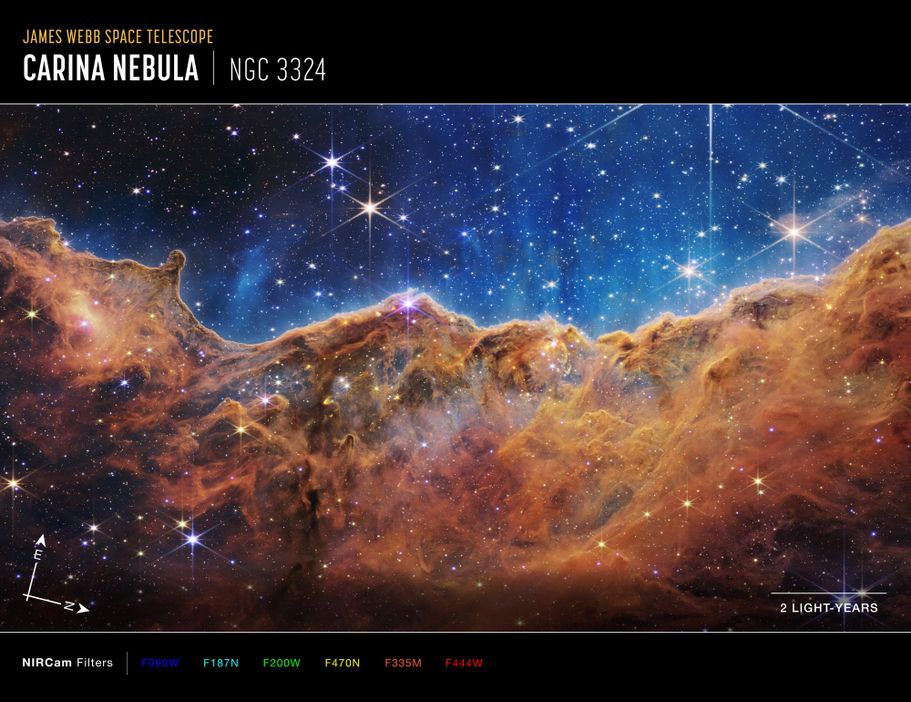
FEBRUARY: NG-17
One of the highlights for the EMM Community came in February. One of the payloads launched to the ISS on the NG-17 mission was Moon Gallery. Designed as a 8x8 grid of 1 cubic centimeter compartments, the gallery houses 64 art pieces. Art pieces came from artists from all around the globe. Gallery carries a message of the importance of art in space and human lifes, as humanity ventures further and further away from our home (planet). Moon Gallery started its 11 months mission with a launch on the Antares rocket, from the Wallops Flight Facility. It piggybacked on the Cygnus Resupply Spacecraft that docked with the ISS 3 days after the launch. It found its new temporary home inside the Columbus Module. Over the course of its mission, the gallery has been made available to the astronauts living on board the ISS, to admire the artworks it houses. In addition a camera integrated in the gallery observes changes in the materials and material structures of the art pieces. Like living pieces the artifacts are changing because of the effects of the increased radiation and microgravity environment. As 2022 is coming to an end, so is the Moon Gallery Mission. In the days after New Year’s the gallery will be transferred to the Cargo Dragon Resupply Spacecraft. It will return back to Earth in January of 2023.
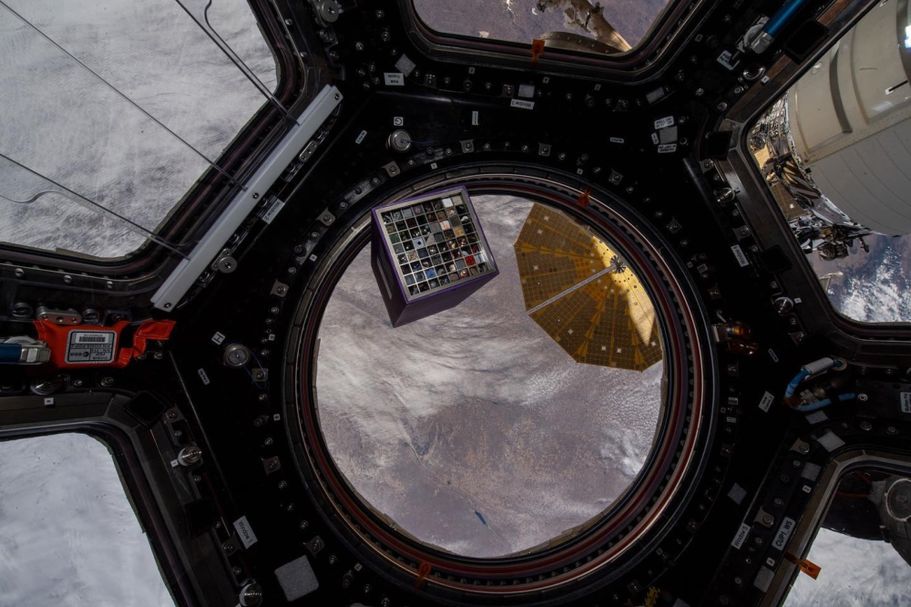
MARCH: ISS
As another war broke out on a small Pale Blue Dot, the Space Agencies parted their ways. In the turmoil following the start of the conflict, once strong ties were cut. Literally overnight spacecraft and launch vehicles found themselves stranded in hostile countries. Only a little star crossing over the skies 16 times per day remained the last standing bridge. In the year that was not inclined to the international partnership, the International Space Station (ISS) continued to live up to its promise of connecting the nations in the common goal of space exploration. Despite the differences between the nations, ISS remained a common ground where Astronauts and Cosmonauts from both sides continued to live and work together. In 2022 we saw NASA Astronaut flying on Soyuz and ROSCOSMOS Cosmonaut flying on Crew Dragon. 5 crewed (Crew Dragon, Soyuz) and 8 cargo (Cargo Dragon, Cygnus, Progress, Starliner) spacecraft docked with the station. Station saw 3 crews (Expedition 66, Expedition 67, Expedition 68) and was visited by 4 tourists (Axiom 1). It got upgraded with the new solar arrays and a robotic arm. The onboard crew performed countless experiments and research, took gigabytes of scientific data and images and faced leaks in the astronaut suits and Soyuz. But the most important accomplishment this year was done on the ground. Countering the odds all major ISS members (CSA, ESA, JAXA, NASA and ROSCOSMOS) reached an agreement to extend the lifespan of the station until at least 2030. In turbulent times the ISS reminds us how much we all depend on each other in space exploration. Off the Earth, for the Earth.
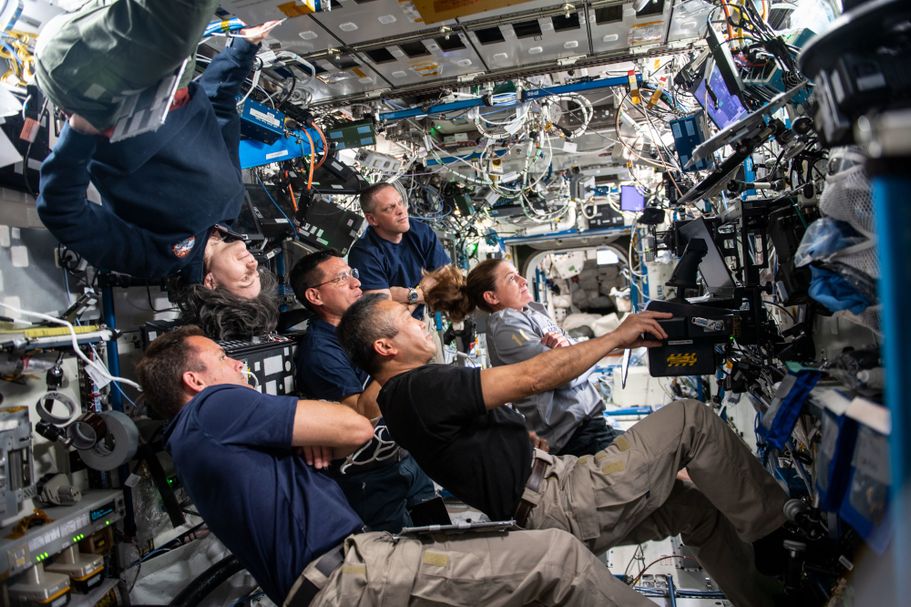
APRIL: INGENUITY
What started as a napkin idea and was eventually developed in a small scale tech demonstrator mission, became one of the most iconic and inspiring Martian Missions so far. On April 3rd Ingenuity celebrated its 1st anniversary of autonomous operations on the Red Planet and of the first powered atmospheric flight on another celestial body. Since its first flight in April of last year, the small engineering team behind a little drone has been pushing it higher, further and longer. 20 months and 37 flights into the mission, the Ingenuity team had faced an unprecedented issue of replacing the full flight log book with a new one. Accomplishments of the Ingenuity had already had far greater impact than only proving feasibility of the powered flight in the Martian Atmosphere and potential of using such airborne crafts on the future missions on other celestial bodies. They also provided fundations for redesign of the Mars Sample Return Mission Architecture. New architecture replaces Sample Fetch Rover with two Sample Retrieval Helicopters. In the meantime Ingenuity is continuing expanding its flight envelope and does not show any signs of slowing down. Ingenuity-a little helicopter that could.
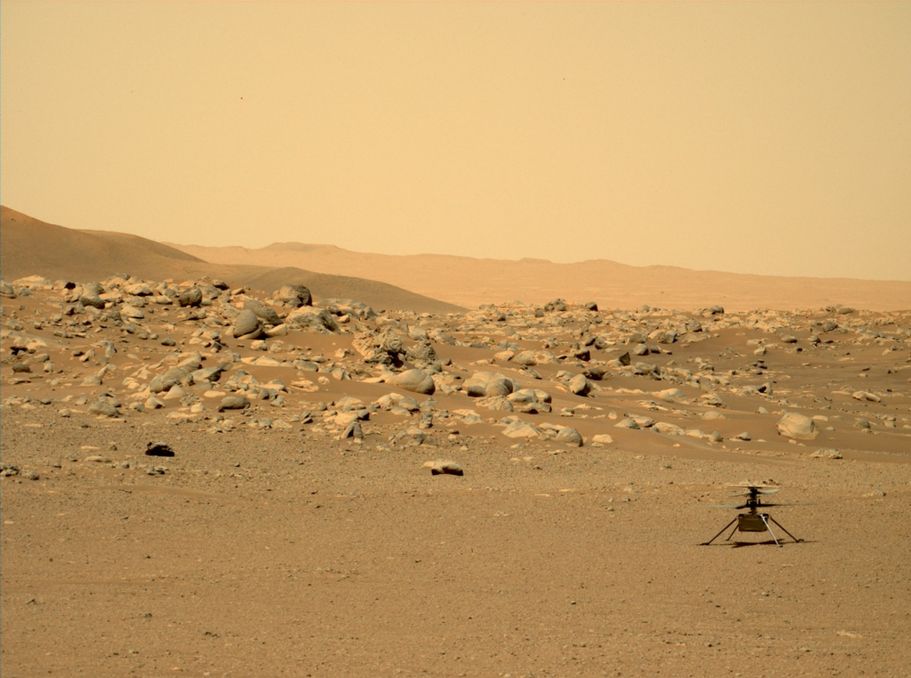
MAY: ELECTRON
A joke about how to become a millionaire in the space sector is familiar to any space enthusiast (by starting as a billionaire). But a new method is becoming promising-by selling the hats to Peter Beck. RocketLab CEO ate another hat this year. Since 2015 SpaceX has been spoiling us with propulsive landings of the Falcon 9 and Falcon Heavy rockets. But approximately 20% reduction of the payload capacity due to propellant that is required by this landing method, is not feasible in case of the Small Launch Vehicles. Therefore the RocketLab engineers turned to the passive landing method. In May RocketLab was ready for the first aerial recovery of the Electron’s 1st Stage. 2 hours prior to t-0 a recovery helicopter lifted off and headed over the Pacific Ocean. As the Electron cleared the launchpad, the helicopter circled over the recovery zone. After the 2nd Stage separation, the 1st Stage continued flying on a ballistic trajectory. Stage adjusted its attitude and reentered the atmosphere. As the stage slowly descended under the main parachute, a recovery helicopter closed on it and attempted to capture it. On the second attempt it captured the stage but the pilot decided to abort the recovery attempt due to uneven loads on the helicopter. Despite an abort, the 1st Stage softly splashed down in the ocean and was received by the recovery ship. With the 1st Stage recovery attempts RocketLab is following SpaceX’s example and amplifying the importance of the stage recovery in the future Launch Vehicle designs.
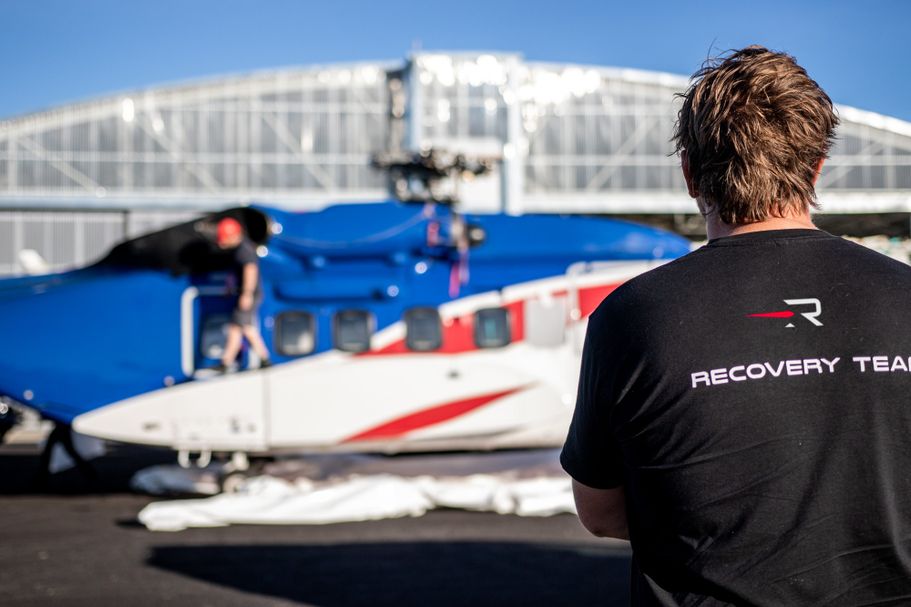
JUNE: CAPSTONE
Small spacecraft, launched on a small rocket, has a big ambition and mission. Electron, a rocket that became a synonym for launching small dedicated payloads, launched its first interplanetary mission in the longest launch. Most launch profiles are shorter than a few hours and special launches can last up to a day. But the Cislunar Autonomous Positioning System Technology Operations and Navigation Experiment (CAPSTONE) separated from the Photon Upper Stage 5 days after the launch. CAPSTONE is a low cost smallsat interplanetary mission. Spacecraft, the size of a shoebox, aims to collect the operational data and test a new navigation system before the humans return to the Cis-Lunar Space. It took CAPSTONE 4 months to reach the Near-Rectilinear Halo Orbit (NRHO) around the Moon. On its journey to the Moon CAPSTONE overcame numerous problems. On multiple occasions it seemed like the mission was lost. But the CAPSTONE team always came up with new ideas on how to recover the spacecraft and continue the mission. Spacecraft successfully entered the NRHO in November. In the upcoming 6 months CAPSTONE will verify the stability of the NRHO orbit and gather operational data. NRHO is the same orbit as it will be used for the Lunar Orbital Platform-Gateway (LOP-G) space station. Since the launch CAPSTONE already demonstrated feasibility and great potential of low cost smallsat interplanetary missions. A type of missions that enables smaller nations to dream and carry out their own interplanetary missions.
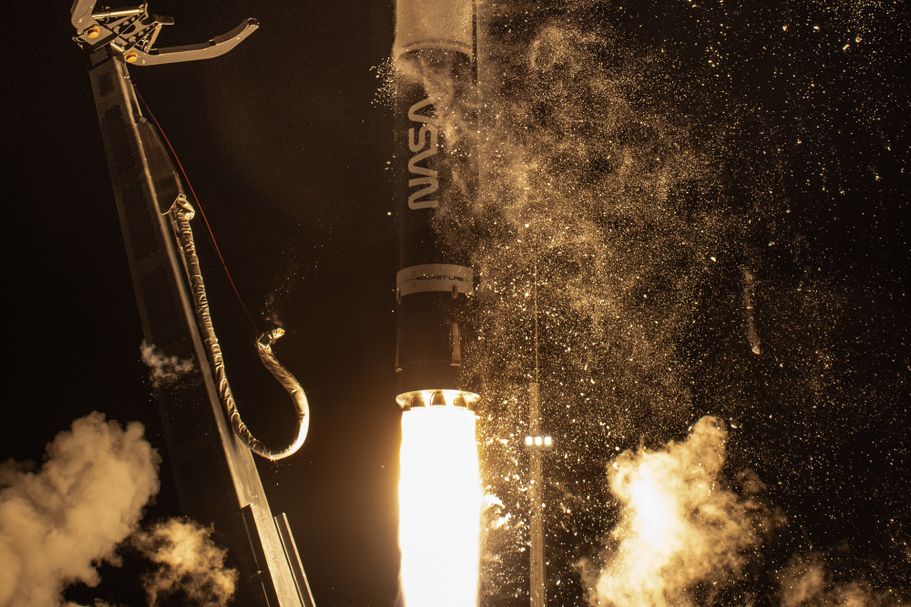
JULY: VEGA C
As the next generation of low cost launch vehicles enters the market, Europe has to embrace new trends and technologies in spaceflight to stay a relevant and reliable launch provider in the future. In July the first of the new generation European Launch Vehicles took its maiden flight. Vega C is the next evolution of the Vega Rocket Family. New and enhanced version of the rocket expands its flight envelope and increases the payload capability and fairing volume. While at the same time reduces the launch costs, shortens launch campaign time and provides greater commonality in hardware between the new Vega and Ariane rocket families. Vega C lifted off from the Guiana Space Center. It ascended over the Atlantic ocean propelled by 3 solid propellant stages and 1 liquid propellant stage. On its maiden flight it launched 7 satellites for the customers from all over Europe. The main objective of the fist flight was to test and verify the rocket and its systems and certify it for commercial use. Success of the mission started the operational life of the launch vehicle. Second launch of Vega C in December was less successful. Rocket suffered an anomaly during the 2nd Stage burn (structural failure of the 2nd Stage) and consequently did not reach orbit. Another reminder that rocket science is called that with a reason.
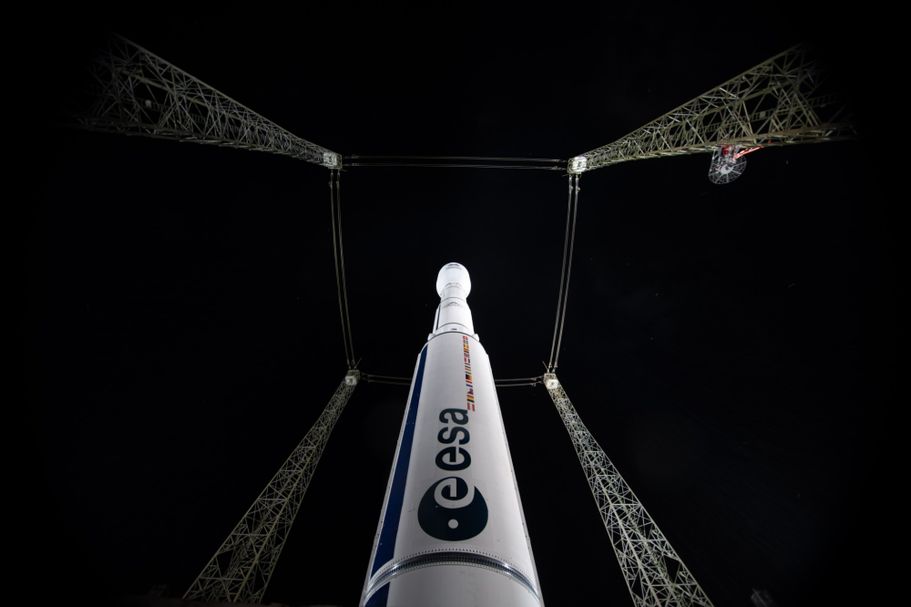
AUGUST: DANURI
South Korea is associated as one of the most technologically advanced countries. Its advancement in high tech are well known and exported all around the world, but the country's space sector has only started developing. Korean Aerospace Research Institute (KARI)-korean space agency, plans to change this. Its goal is to build on Korean technology advancement, tweak them for space applications and use them to reach Korean space ambitions. In 2022 KARI accomplished 2 major goals. In June the agency launched its new rocket named Nuri. Second time was a charm and the rocket successfully placed a dummy payload and
4 CubeSats in orbit. Two months later KARI’s engineers were once again at the launchpad. This time at Cape Canaveral where they completed the final work on the Danuri Lunar Orbiter. Danuri took flight on top of the Falcon 9 rocket. After payload separation, the orbiter deployed its two solar panels and established communication with Mission Control. And so Danuri’s 130 day flight to the Moon began. Orbiter took a low energy, fuel efficient ballistic lunar transfer trajectory. It flew past the L1 point before the lunar gravitational force naturally pulled it back to the Moon. In December Danuri fired its engine on the close Lunar flyby and entered a highly elliptical orbit around the Moon. In the next weeks orbitel will gradually lower its apogee toward the final Low Lunar Orbit before starting scientific observation of the lunar surface. Cis-Lunar space is slowly becoming a more and more crowded place.
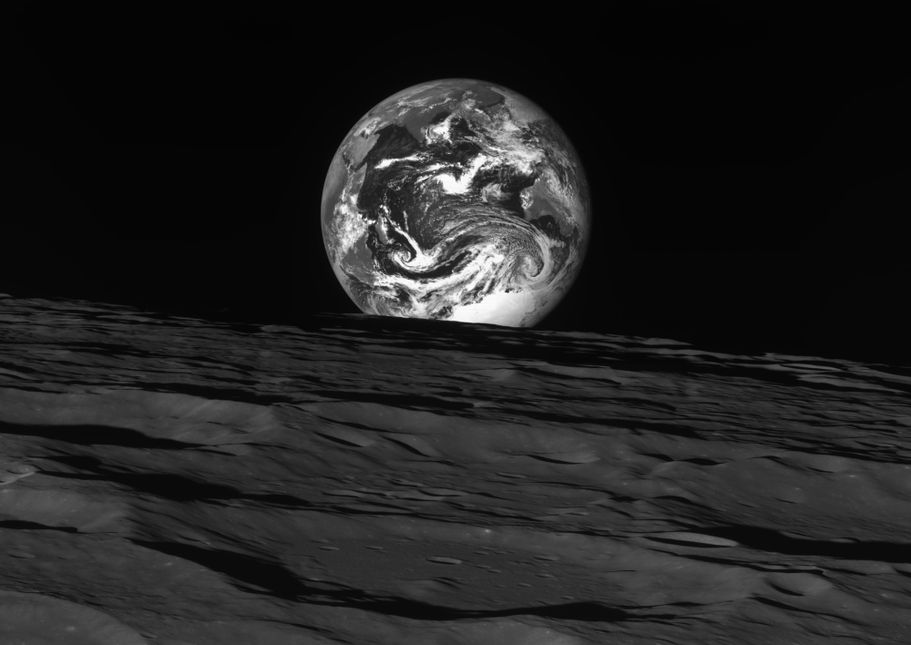
SEPTEMBER: DART
Without a doubt, by far the biggest impact of 2022 in space exploration was made by the Dual Asteroid Redirect Test (DART) Spacecraft. In September DART swished past the asteroid Didimos and shortly after crashed into its moon Dimorphous. In this intentional move DART successfully demonstrated the impact of crashing a $325M probe in a Cheops pyramid sized asteroid. Mission with official objectives of changing the asteroid's orbit and verifying an impactful planetary protection method, and unofficial objectives of having fun and retaliating for the dinosaurs' extinction, proved that an asteroid’s orbits can be altered. This was the first time humanity purposely changed an orbit of the celestial body. DART changed Dimorphous' orbital period by approximately 32 minutes. Alteration was on the upper end of the estimates and 25 times more than the minimal mission objective. The impact and its aftermath were observed by the cubesat flying close behind DART and an array of amateur and professional telescopes on Earth and around it. But the DART’s impact completes only the first part of the overall mission. In two years time ESA’s Hera Spacecraft will depart toward Didimos and its moon Dimorphous and closely examine the impact of the DART’s impact. Current asteroids vs humanity score 1:1
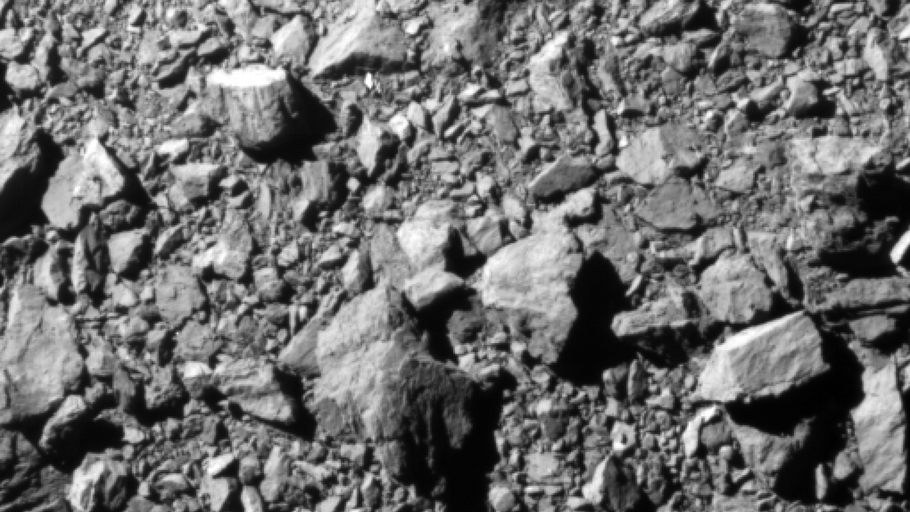
OCTOBER: TIANGONG
2022 was another busy year for the China National Space Administration (CNSA). Agency launched 64 rockets. Among them were 2 launches of the CNSA’s most powerful rocket-Long March 5B, forcing us all to play 2 more rounds of Reentry Bingo. On the flight in July Long March 5B launched the Wentian-first laboratory module for the new Chinese Space Station Tiangong. Wentian was followed by the Mengtian-second laboratory module. Docking of Mengtian with the Tianhe-core module, marked compilation of the first phase of construction of the Tiangong Space Station. Since compilation the station is fully operational and permanently occupied. Tiangong is CNSA’s first long term space station and presents the core of the Chinese human spaceflight. As its name implies, the station is the place with the best view for the Taikonauts. It can accommodate a crew of up to 3 Taikonauts on long duration missions and up to 6 on short duration missions. In 2022 the station was visited by 2 crewed Shenzhou and 2 Tianzhou cargo resupply missions. With the station completed CNSA is already looking ahead and plans future expansion of the station and opening the station for the partner space agencies. With another space station in orbit, more astronauts than ever are calling space their temporary home. In the palaces, high above the skies.
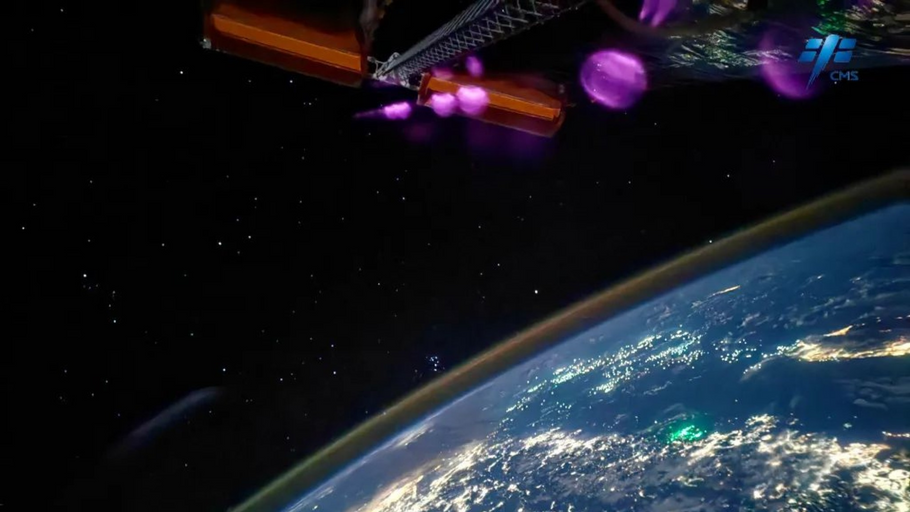
NOVEMBER: ARTEMIS 1
After being years in the making, delayed countless times and overran any budget estimates at the start of the program, Space Launch System (SLS) rocket with the Orion spacecraft mounted on top of it, finally vertically cleared the launchpad. Launch started the Artemis I Mission. On its maiden launch SLS flew in the Block 1A configuration. With launch completed SLS became the most powerful rocket ever launched. Textbook launch proved the capability and orbital accuracy of the new Launch Vehicle. SLS first launched Orion in the parking orbit around the Earth before sending it toward the Moon. On a 25 day mission Orion and its crew flew to the Distant Retrograde Orbit (DRO) around the Moon and back. Over the course of the mission Orion made two close flybys of the Moon, set the records for the furthest distance from Earth and longest mission duration in Cis-Lunar Space for the manned spacecraft and completed all mission objectives before splashing down in the Pacific Ocean.
Flying on board the Artemis I mission were 5 astronauts:
-NASA Astronaut Moonikin Campos
-NASA Astronaut Snoopy
-ESA Astronaut Shaun the Sheep
-DLR Test Astronaut Helga
-DLR test Astronaut Zohar
50 years after the final Apollo Lunar Mission, Artemis Program continues the story of manned lunar exploration. This time with a goal to return sustainably and go even beyond Cis-Lunar Space. Not as a single nation but in collaboration.
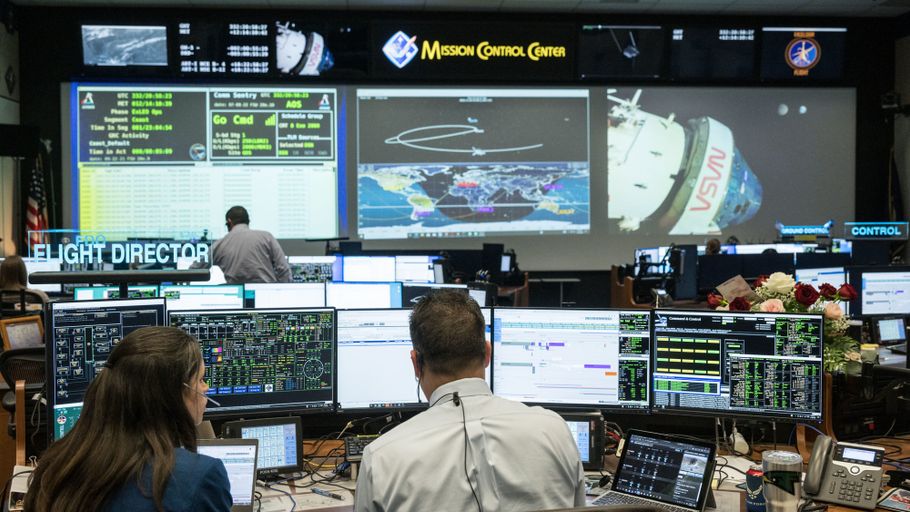
DECEMBER: INSIGHT
Everything that starts, must eventually come to the end. In the last days of this year, InSight called home one last time. Built out of the spare parts of its predecessor-Phoenix Lander, Insight was designed as a side mission. But it proved numerous times, it was an important mission from the scientific and tech demonstration points of view. Since it landed on the flats in the Elysium Planitia in 2018,the lander has been probing in the red soil, listening for the marsquakes and monitoring the harsh Mars weather. In 2022 Insight has observed numerous marsquakes, including the largest one with a magnitude of 5 (the biggest quake ever detected on another planet), it detected a meteoroid impact and survived a dust storm. Throughout its mission it taught us many valuable lessons about the Red Planet and its interior. Data it collected proves Mars is a seismically very active planet. Marsquakes are more frequent and stronger than pre-Insight studies estimated. InSight’s legacy are terabytes of seismic and weather data, thousands of images and an important lesson on how not to design a Mars Underground Probe. In its final transmission, the lander sent last seismic data and an image of the seismometer covered in martian dust. Mission completed, but the scientific work has only just begun.
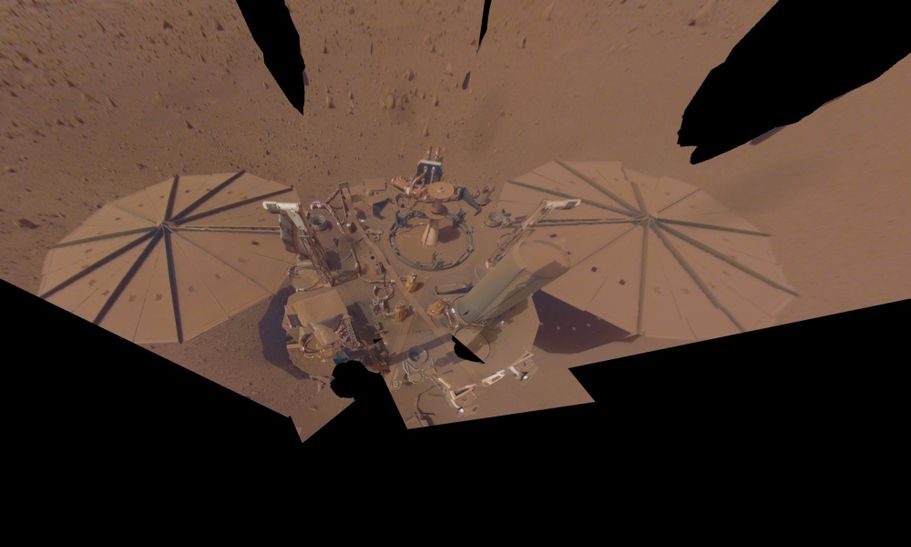
CONTACT US
Address : Keplerlaan 1, 2201 AZ Noordwijk, The Netherlands
Email : aojohn928@gmail.com

